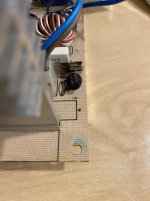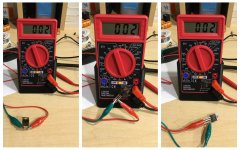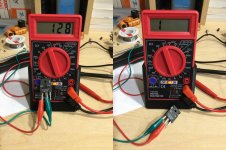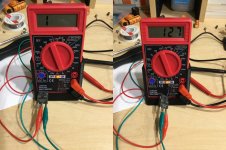neosunrise
Experienced Member
So I recently got a PC XT power supply dirt cheap. The thing is in very good condition and the internal looks clean. But it didn't work. Initially, I plugged it in and flipped the red power switch but nothing happened. I made sure to hook it up to some hard drives, and a 286 motherboard. I connected my multimeter to the 12V port to monitor the voltage. As soon as flipped the switch, the meter needle (I used an analog one) moved just a tiny bit (perhaps for one needle width, in a 50V range) and then went back to zero. Fan did not kick in at all. I figured it could be capacitors because I saw one of the big caps bulged a little on the top. I ordered a full set of capacitors from Digikey with exactly the same specs, other than the smaller dimensions.
I did double check the polarity for each cap before I powered it on. Unfortunately, at the time I flipped the switch, the 3A fuse blew immediately. I replaced it with a 5A one (interestingly, the PCB says to use 5A, but the actual fuse was rated at 3A) and the same thing happened again. I do not want to waste my money by replacing more fuses. I measured the line filter cap which is not shorted. I also measured the diodes connected right to the line (mains) input and they seem to be good. What should I check next? Here are a few pictures of the PCB for you reference. Thanks in advance!

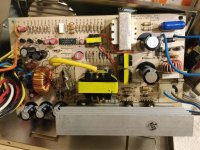
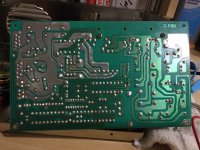
I did double check the polarity for each cap before I powered it on. Unfortunately, at the time I flipped the switch, the 3A fuse blew immediately. I replaced it with a 5A one (interestingly, the PCB says to use 5A, but the actual fuse was rated at 3A) and the same thing happened again. I do not want to waste my money by replacing more fuses. I measured the line filter cap which is not shorted. I also measured the diodes connected right to the line (mains) input and they seem to be good. What should I check next? Here are a few pictures of the PCB for you reference. Thanks in advance!





